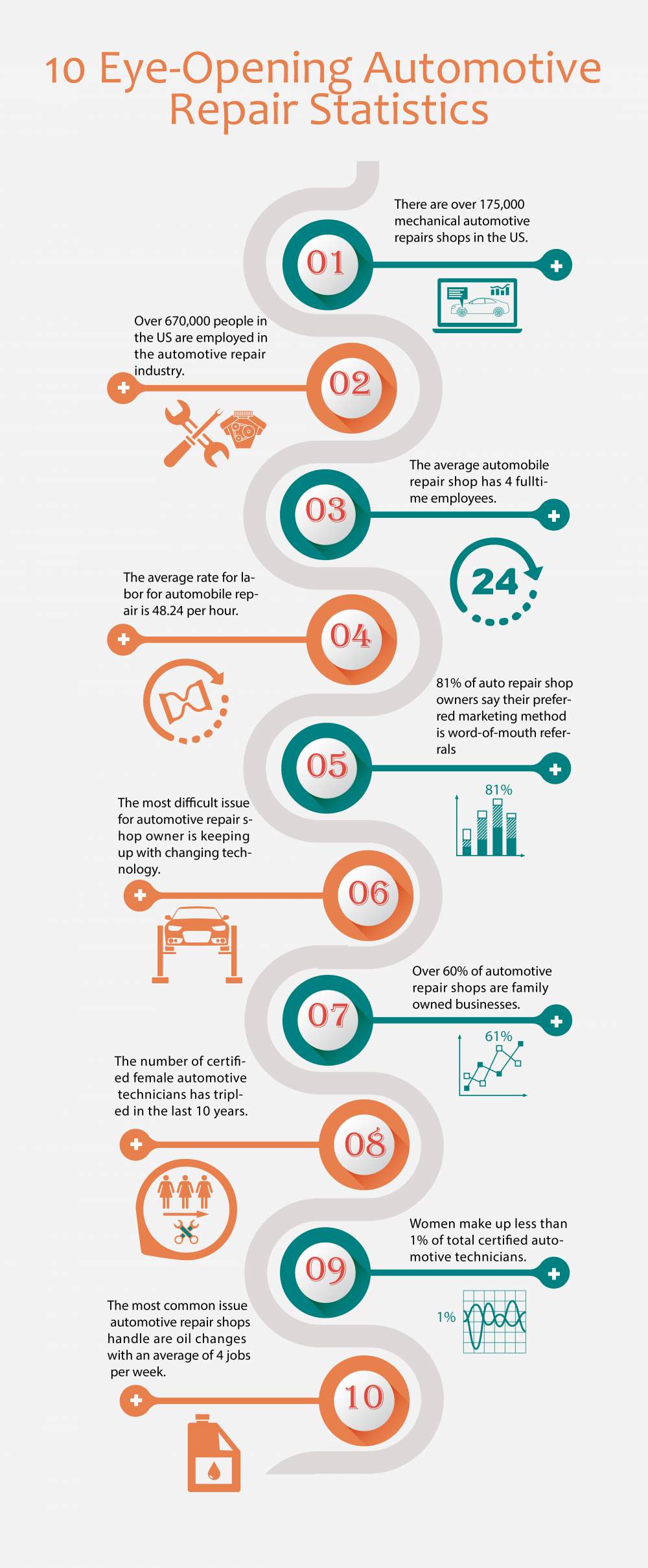Understanding Your Auto'S Warning Lights: What Do They Truly Mean?
Understanding Your Auto'S Warning Lights: What Do They Truly Mean?
Blog Article
Written By-Higgins Gilbert
When you're behind the wheel, those radiant warning lights on your dashboard can be a bit perplexing. Do you know what they're attempting to inform you regarding your automobile's wellness? Recognizing the significance of these lights is important for your safety and security and the longevity of your lorry. So, the next time among those lights turns up, would not you intend to understand its message precisely and take the required steps to address it?
Common Caution Lighting and Interpretations
Identify usual caution lights in your vehicle and comprehend their meanings to ensure secure driving.
The most regular caution lights include the check engine light, which indicates concerns with the engine or discharges system. If this light comes on, it's critical to have your automobile checked immediately.
The oil pressure warning light suggests low oil pressure, requiring prompt focus to avoid engine damages.
A blinking battery light might suggest a malfunctioning billing system, potentially leaving you stranded if not dealt with.
The tire pressure tracking system (TPMS) light alerts you to low tire stress, affecting car stability and fuel performance. Disregarding this can result in harmful driving conditions.
The abdominal muscle light shows an issue with the anti-lock stopping system, endangering your ability to stop rapidly in emergencies.
Last but not least, the coolant temperature cautioning light warns of engine getting too hot, which can lead to extreme damages if not settled promptly.
Comprehending these typical warning lights will help you attend to concerns promptly and keep safe driving conditions.
Value of Prompt Focus
Recognizing the typical warning lights in your auto is only the initial step; the importance of promptly addressing these cautions can not be emphasized sufficient to guarantee your security when driving.
When mouse click the next webpage illuminates on your control panel, it's your vehicle's method of interacting a possible issue that needs attention. Ignoring these cautions can cause a lot more serious troubles in the future, compromising your safety and security and possibly costing you a lot more out of commission.
Trigger interest to alerting lights can prevent breakdowns and crashes. As an example, a flashing check engine light might show a misfire that, if left neglected, could trigger damage to the catalytic converter. Resolving this promptly can conserve you from a pricey repair work.
Similarly, a brake system alerting light might signify low brake liquid or worn brake pads, essential parts for your security when driving.
DIY Troubleshooting Tips
If you observe a caution light on your control panel, there are a couple of DIY troubleshooting suggestions you can attempt before seeking specialist assistance.
The primary step is to consult your vehicle's manual to understand what the particular caution light shows. Occasionally the concern can be as simple as a loose gas cap causing the check engine light. Tightening the gas cap may solve the problem.
An additional typical issue is a reduced battery, which can set off numerous alerting lights. Examining https://www.autonews.com/finance-insurance/fi-providers-balancing-parts-labor-inflation-product-pricing for rust and ensuring they're protected could deal with the problem.
If a caution light persists, you can try resetting it by detaching the cars and truck's battery for a couple of mins and afterwards reconnecting it. Furthermore, checking your lorry's liquid degrees, such as oil, coolant, and brake fluid, can help troubleshoot cautioning lights associated with these systems.
Conclusion
To conclude, recognizing your vehicle's caution lights is crucial for keeping your vehicle running smoothly and safely. By without delay attending to these notifies and understanding what they mean, you can prevent costly repair work and prospective malfunctions.
Remember to consult your vehicle's manual for particular details on each advising light and act accordingly to make sure a trouble-free driving experience.
Remain educated, remain safe when traveling!
